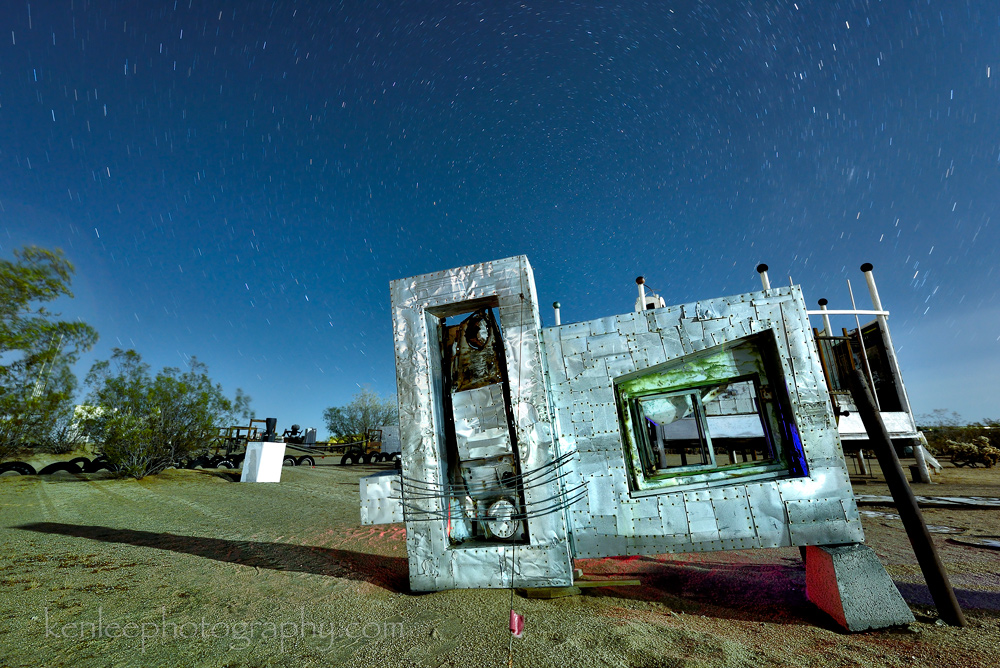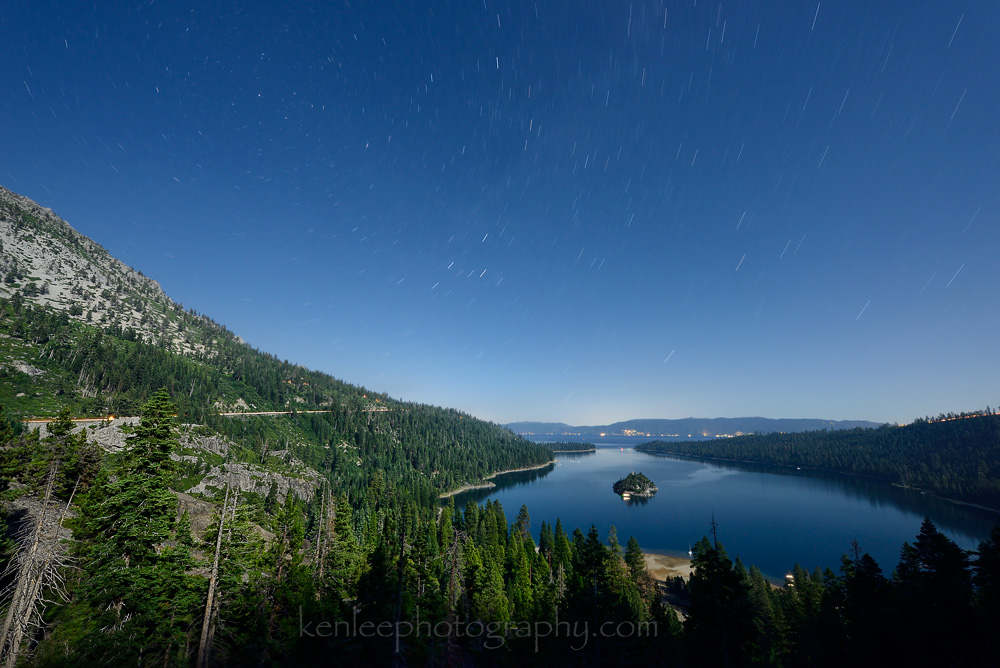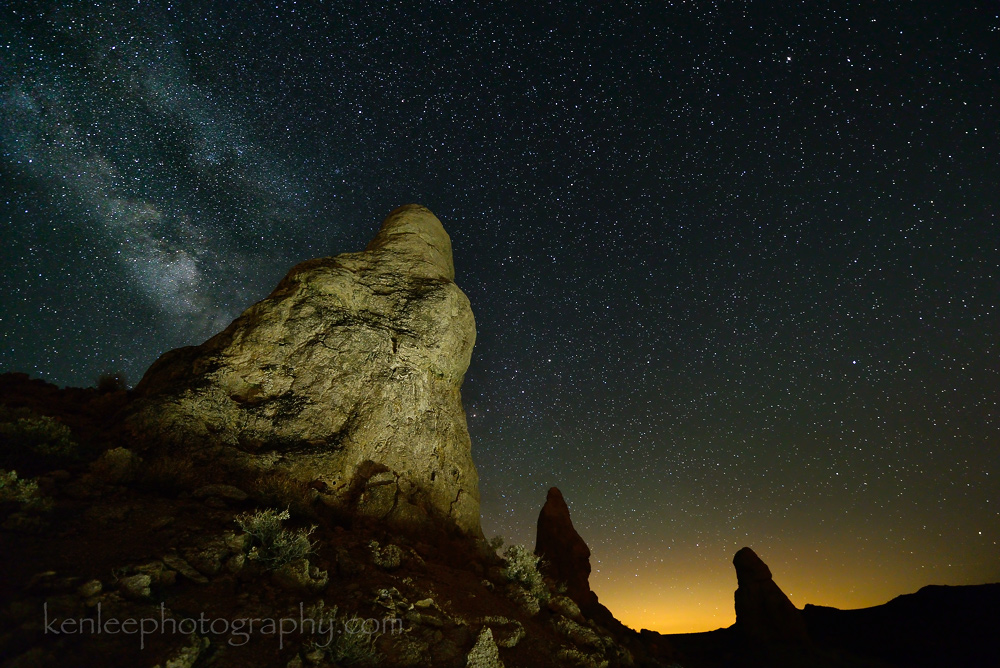You are using an out of date browser. It may not display this or other websites correctly.
You should upgrade or use an alternative browser.
You should upgrade or use an alternative browser.
MWGL Photography thread
- Thread starter jaxn slim
- Start date
- Status
- Not open for further replies.
Scott Powell
Blackmore Wannabe
sunset over the caribbean ocean

ken
a good kind of terrible
Are you going to shoot the lunar eclipse this evening?
These are taken with a Nikon D7000, a DX (APS-C, or "cropped sensor") camera with a Tokina 11-16mm f/2.8 lens. I messed up the processing with both of these, but they still look alright. I'll need to fix them later on.
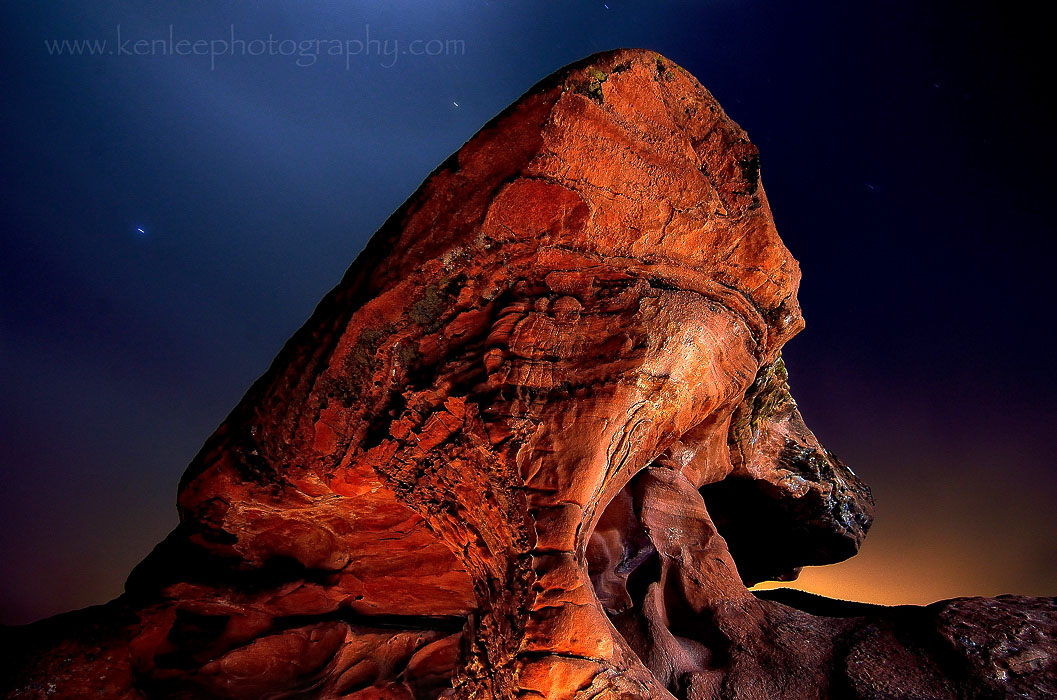
I tried to out the texture in this amazing rock formation from Valley of Fire State Park, NV by light painting (illuminating the rock with a flashlight) in this long exposure night photo. This is not a post-processing creation, as all illumination work was done during the exposure. More info in captions as always! Thanks!
~~~~~

Star trails over Zion National Park in Utah, USA, showing the movement of the stars over time in this long exposure photo. I light painted the mountains with a handheld LED flashlight during the exposure.
These are taken with a Nikon D7000, a DX (APS-C, or "cropped sensor") camera with a Tokina 11-16mm f/2.8 lens. I messed up the processing with both of these, but they still look alright. I'll need to fix them later on.

I tried to out the texture in this amazing rock formation from Valley of Fire State Park, NV by light painting (illuminating the rock with a flashlight) in this long exposure night photo. This is not a post-processing creation, as all illumination work was done during the exposure. More info in captions as always! Thanks!
~~~~~

Star trails over Zion National Park in Utah, USA, showing the movement of the stars over time in this long exposure photo. I light painted the mountains with a handheld LED flashlight during the exposure.
I'm going to try to take some eclipse photos, if the clouds stay away.
I already charged up everything and mounted up my monopod. I'm going to use my EOS70D and a Sigma 150-600 contemporary and my wife is going to use my T1i with a canon 70-300.
I've never shot an eclipse, and I'm guessing it is going to be a challenge. The moon is super bright most of the time, so low ISO and short exposure times....but the eclipse really adds some complexity, as things get really dark. Anyone have any ideas of what to expect for something like this? I'm guessing early on things will be ISO100, 1/125 but will quickly degenerate to a ISO 1600 and half a second exposures. It might be tough for a long exposure, as the moon is moving, and things might not be very crisp.
I've seen a lunar eclipse, but I never photographed one, so any advice from our astro photo experts would be helpful.
I already charged up everything and mounted up my monopod. I'm going to use my EOS70D and a Sigma 150-600 contemporary and my wife is going to use my T1i with a canon 70-300.
I've never shot an eclipse, and I'm guessing it is going to be a challenge. The moon is super bright most of the time, so low ISO and short exposure times....but the eclipse really adds some complexity, as things get really dark. Anyone have any ideas of what to expect for something like this? I'm guessing early on things will be ISO100, 1/125 but will quickly degenerate to a ISO 1600 and half a second exposures. It might be tough for a long exposure, as the moon is moving, and things might not be very crisp.
I've seen a lunar eclipse, but I never photographed one, so any advice from our astro photo experts would be helpful.
tiger roach
Urban Bovine Knievel
The eclipse looks like a total washout here. 
This is from April 2014:
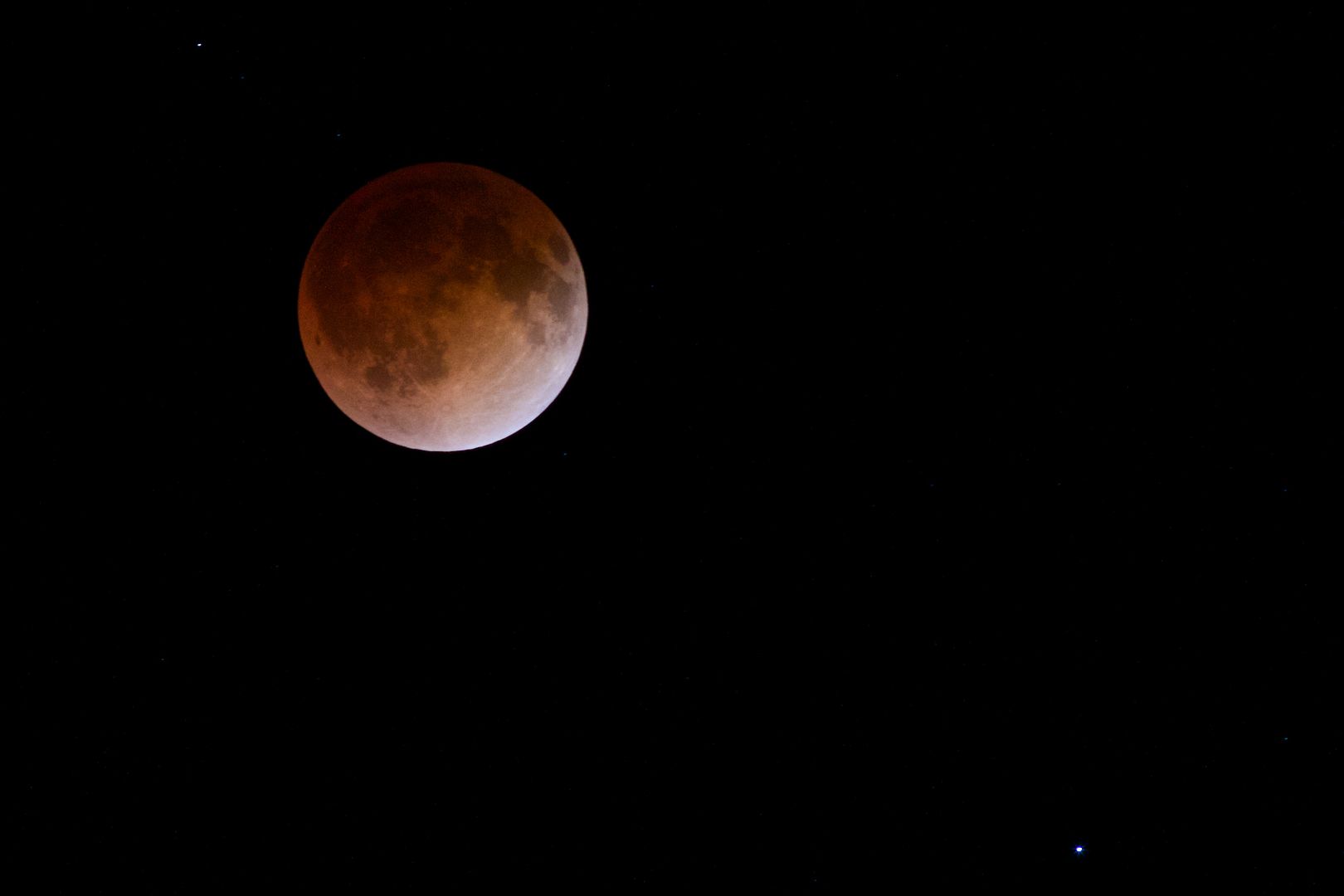

This is from April 2014:

ken
a good kind of terrible
I'm going to try to take some eclipse photos, if the clouds stay away.
I already charged up everything and mounted up my monopod. I'm going to use my EOS70D and a Sigma 150-600 contemporary and my wife is going to use my T1i with a canon 70-300.
I've never shot an eclipse, and I'm guessing it is going to be a challenge. The moon is super bright most of the time, so low ISO and short exposure times....but the eclipse really adds some complexity, as things get really dark. Anyone have any ideas of what to expect for something like this? I'm guessing early on things will be ISO100, 1/125 but will quickly degenerate to a ISO 1600 and half a second exposures. It might be tough for a long exposure, as the moon is moving, and things might not be very crisp.
I've seen a lunar eclipse, but I never photographed one, so any advice from our astro photo experts would be helpful.
I don't think I've seen one or photographed one, but I'm going to give it a go.
I do a lot of night sky photography, as you can tell, but never something like this. But I think during totality, it is considerably dimmer, so we're looking at something like f/8, up to 3 seconds, boosting ISO as necessary, from about ISO 800 to 1600. Anything more than about 3 seconds with a long lens is going to smear (trail), I think. But again, never done this before.
ken
a good kind of terrible
I'm wondering, should I shoot f/8 - f/11 using aperture priority or bracket in manual?
I always shoot in Manual for all night sky photos, but YMMV. I want to control every facet of what the camera is doing, and the camera often doesn't read night situations accurately.
You could give it a whirl and see if it works for you or simply manually adjust your settings. You'll probably want to keep one constant - I'd choose the aperture - and adjust the ISO and the shutter speed according to whatever Mother Nature presents.
ken
a good kind of terrible
This composite photo shows a full moon with an annual Harvest Moon with a perigee moon, otherwise known as a supermoon. A perigee moon, the opposite of an apogee moon, is about 31,000 miles/49889 km closer to the Earth than an apogee moon, which under ideal conditions can make the moon appear 14% larger and 30% brighter than an apogee full moon, which is why many have labeled it "supermoon". This information is taken from the NASA website.
But making it more exciting was the moon's reddish hue. This occurs because sunlight passing through the earth's atmosphere is reddened and bent inward toward the darkened surface of the eclipsed moon. This information is taken from an article written by Dennis Mammana.
The Upper Las Virgenes Canyon Open Space Preserve was open for this event, and many of us gathered on a hill overlooking the San Fernando Valley to witness this event,which had not occurred since 1982 - and will not be repeated until 2033. The evening was unfortunately cloudy and hazy, with the moon disappearing for many minutes at a time, so these photos aren't as sharp as I was hoping for.
Although I have been taking night sky photos for about three years, this is the first time I took photos of only the moon! And it was a lot of fun!!
Now for the really geeky stuff. This is a composite of five photos of the perigee lunar eclipse. Aside from the composite, the photos show the natural appearance of the moon during that time. The total eclipse of the moon occurred on 27 September 2015 between 7:11 pm - 8:23 Pacific Daylight Time here in Los Angeles, CA. I took each photo of the moon between 7:54 pm to 8:43 pm, mostly closer to those times and not so much in between. This is due to clouds obscuring the moon, often for as long as 15-20 minutes, with several other times in which the moon was completely or almost completely hidden behind clouds, Consequently, this is not an accurate time-lapse in any capacity. And conditions were hazy even when the moon did appear from behind the clouds, so these aren't the clearest, sharpest photos. But no matter, the experience was totally enjoyable. I used a Nikon D7000 with a 28-300mm f/3.5-5.6 G VR AF-S ED zoom lens at about 250mm, not extending it all the way because the moon appeared to be sharper when the lens was not fully extended. But because I was using an APC-S sensor, 250mm is actually closer to about 375mm.
Under a Blood Red Moon
Ken Lee Photography
Nikon D7000, Nikon 28-300mm f/3.5-5.6 G VR AF-S ED Zoom @ 250mm. 2015-09-27 This is a composite of five moons taken between 19:54 - 20:43. First two moons 3s f/8 ISO 1600; last three moons 2.5s f/11 ISO 1000. 4000k. This is a composite of five photos done in Photoshop CS6. Aside from the composite, the photos show the natural appearance of the moon during that time.
Upper Las Virgenes Canyon Open Space Preserve, West Hills, CA USA/EE UU.
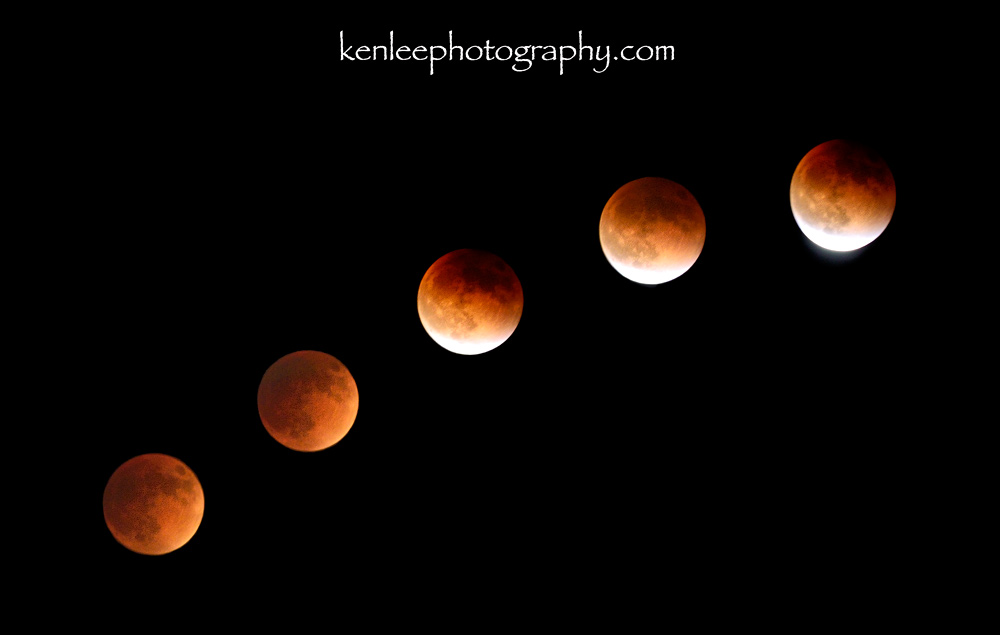
But making it more exciting was the moon's reddish hue. This occurs because sunlight passing through the earth's atmosphere is reddened and bent inward toward the darkened surface of the eclipsed moon. This information is taken from an article written by Dennis Mammana.
The Upper Las Virgenes Canyon Open Space Preserve was open for this event, and many of us gathered on a hill overlooking the San Fernando Valley to witness this event,which had not occurred since 1982 - and will not be repeated until 2033. The evening was unfortunately cloudy and hazy, with the moon disappearing for many minutes at a time, so these photos aren't as sharp as I was hoping for.
Although I have been taking night sky photos for about three years, this is the first time I took photos of only the moon! And it was a lot of fun!!
Now for the really geeky stuff. This is a composite of five photos of the perigee lunar eclipse. Aside from the composite, the photos show the natural appearance of the moon during that time. The total eclipse of the moon occurred on 27 September 2015 between 7:11 pm - 8:23 Pacific Daylight Time here in Los Angeles, CA. I took each photo of the moon between 7:54 pm to 8:43 pm, mostly closer to those times and not so much in between. This is due to clouds obscuring the moon, often for as long as 15-20 minutes, with several other times in which the moon was completely or almost completely hidden behind clouds, Consequently, this is not an accurate time-lapse in any capacity. And conditions were hazy even when the moon did appear from behind the clouds, so these aren't the clearest, sharpest photos. But no matter, the experience was totally enjoyable. I used a Nikon D7000 with a 28-300mm f/3.5-5.6 G VR AF-S ED zoom lens at about 250mm, not extending it all the way because the moon appeared to be sharper when the lens was not fully extended. But because I was using an APC-S sensor, 250mm is actually closer to about 375mm.
Under a Blood Red Moon
Ken Lee Photography
Nikon D7000, Nikon 28-300mm f/3.5-5.6 G VR AF-S ED Zoom @ 250mm. 2015-09-27 This is a composite of five moons taken between 19:54 - 20:43. First two moons 3s f/8 ISO 1600; last three moons 2.5s f/11 ISO 1000. 4000k. This is a composite of five photos done in Photoshop CS6. Aside from the composite, the photos show the natural appearance of the moon during that time.
Upper Las Virgenes Canyon Open Space Preserve, West Hills, CA USA/EE UU.

Last edited:
jaxn slim
Your Worst Nightmare
I just spent about a day hanging out in Reno and Lake Tahoe. Unfortunately it has rained pretty much the whole fucking time. But I did get this shot.

And I've been doing a lot of photo work recently of children and families. I'm really happy with it, but I'm not sharing it with you skeevy bastards.

And I've been doing a lot of photo work recently of children and families. I'm really happy with it, but I'm not sharing it with you skeevy bastards.
ken
a good kind of terrible
Whoever the author is seems seriously sour grapes. It's a good photo. I don't know that it's "dazzling", but it's not "silly" or "trite". It's a good strong photo.
Amazing what twists people's panties in a bunch. First World Problems.

Rick 381
Boob Enthusiast
With all the awesome photos here I feel not worthy. I have been hitting the state parks heavy lately and although my little Fuji Finepix works fine I decided to move up a bit. So tonight I ordered a Nikon D3300 with a Nikkor 18-55, and a Nikkor 55-200. Not exactly earth shaking gear I know but good enough to get me to a point where I decide if I need to by better stuff or not. I also downloaded Picassa the other day and have been playing with that a bit. Anything better than Picassa at that price(free)?
- Status
- Not open for further replies.



